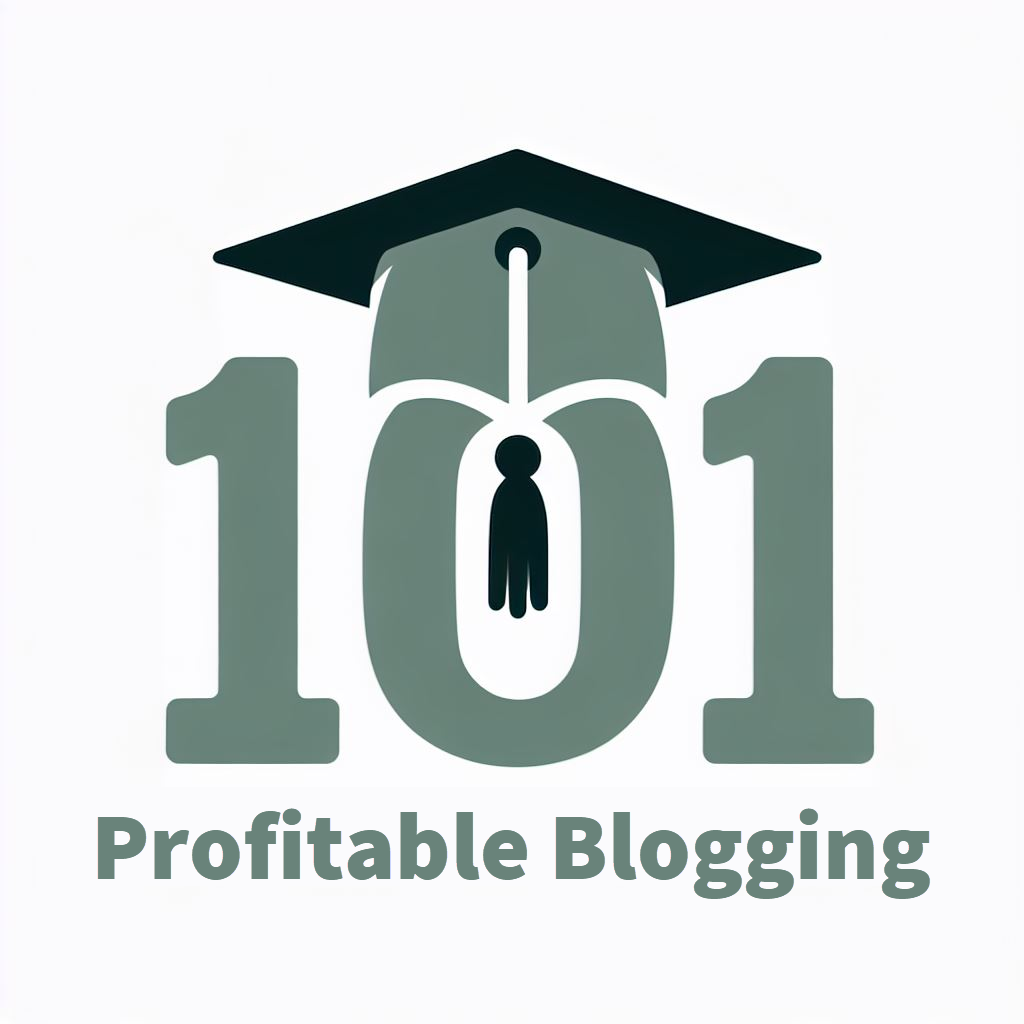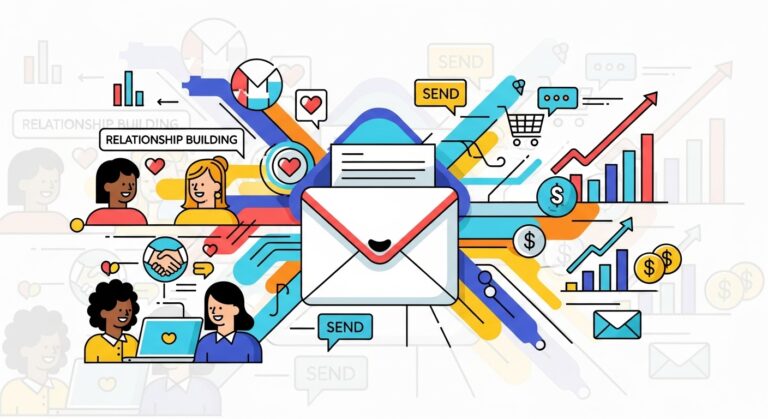Product Power: Creating and Selling Your Own Products Through Your Blog
Imagine transforming your passion for eco-friendly living into a line of sustainable home products that you can sell through your blog. The process of creating and selling your own products can be both rewarding and challenging.
From brainstorming unique product ideas to implementing effective marketing strategies, the journey towards product power requires careful planning and execution. As you navigate through the intricacies of launching your own product line, one key question remains: how can you guarantee that your products resonate with your audience and drive sales?
Identifying Your Niche Market
To successfully identify your niche market, begin by analyzing your blog's existing audience demographics and interests. Look at who's interacting with your content, what topics they engage with the most, and what problems they're trying to solve. Understanding your current audience is key to finding a niche that resonates with them.
Once you have a clear picture of your audience, start researching potential niches that align with their interests. Consider what unique value you can bring to that niche and how you can differentiate yourself from competitors. Look for gaps in the market where your expertise can shine.
Crafting Your Product Concept
After identifying your niche market and understanding your audience, the next step is to develop a compelling product concept that addresses their needs and interests effectively. Your product concept should be born from a deep understanding of what your audience values and desires. Think about how your product can provide a solution, make their lives easier, or enhance their experiences. Consider the unique selling points that will set your product apart from others in the market.
When crafting your product concept, focus on creating something that resonates with your audience on a personal level. Tailor your product to meet their specific needs and preferences. Think about how your product can add value to their lives and make a positive impact. By aligning your product concept with the wants and aspirations of your audience, you increase the likelihood of creating a successful and profitable product. Remember, the key to a compelling product concept is understanding your audience and delivering a solution that truly speaks to them.
Conducting Market Research
Engage in thorough market research to gain valuable insights into your target audience's preferences and behaviors before moving forward with your product development. By understanding your audience, you can tailor your product to meet their specific needs and desires, increasing the likelihood of a successful launch.
Start by identifying your target market and conducting surveys or interviews to gather data on their preferences, pain points, and purchasing habits. Analyze competitors to see what similar products are already out there and how you can differentiate yours.
Utilize online tools like Google Analytics, social media insights, and keyword research to explore deeper into consumer behavior and trends. Look for patterns and opportunities that can guide your product development strategy. Keep an eye on industry reports, trends, and forecasts to stay ahead of the curve and anticipate changes in the market.
Designing Your Product Prototype
Explore the possibilities of bringing your product to life by diving into the process of designing your product prototype with a keen eye for detail and innovation. Creating a prototype is an important step in the product development process, allowing you to test and refine your ideas before moving forward.
Here are four key steps to think about as you design your product prototype:
- Conceptualize Your Vision: Begin by sketching out your product design, thinking about both form and function. Visualize how your product will look and work in real life.
- Select Materials: Choose the right materials that align with your product's purpose and aesthetics. Think about factors like durability, cost, and environmental impact.
- Iterate and Refine: Build multiple versions of your prototype to test different features and functionalities. Gather feedback from potential users to improve your design.
- Focus on User Experience: Prioritize creating a prototype that offers a seamless and intuitive user experience. Make sure that your product solves a specific problem or fulfills a need for your target audience.
Building Your Product Sales Funnel
To maximize your blog's potential for generating revenue through product sales, it's essential to construct a well-defined and efficient product sales funnel. Your product sales funnel acts as a strategic roadmap that guides your audience from being aware of your product to making a purchase.
Start by creating awareness through engaging blog posts, social media promotions, and email campaigns. Once you have their attention, entice them with valuable content upgrades or freebies in exchange for their email addresses. This allows you to build a relationship with your audience through email marketing.
Next, nurture your leads by providing them with relevant content, product demos, and testimonials to showcase the value of your product. Encourage them to take the next step by offering limited-time discounts or bonuses.
Pricing and Packaging Strategies
When developing pricing and packaging strategies for your products, it's essential to contemplate the value proposition you offer to your customers. Here are four key strategies to ponder:
- Value-Based Pricing: Determine the worth of your product to customers and set prices accordingly. Highlight the unique benefits your product provides to justify the price.
- Bundling Options: Create bundles of products or services at a discounted rate. This encourages customers to purchase more while feeling like they're getting a deal.
- Tiered Pricing: Offer different levels of your product at varying price points to cater to different customer segments. This allows customers to choose the option that best fits their needs and budget.
- Limited-Time Offers: Use scarcity and urgency to drive sales by offering limited-time discounts or bonuses. This creates a sense of FOMO (fear of missing out) and encourages quick decision-making.
Creating Compelling Product Descriptions
As you prepare to showcase your products to potential customers, crafting compelling product descriptions becomes a pivotal element in conveying the value and benefits of what you offer.
Your product descriptions should be concise yet detailed, highlighting the unique features that set your products apart. Use language that speaks directly to your audience, addressing their needs and desires.
Emphasize the benefits of your products rather than just listing their features. Paint a vivid picture in the reader's mind of how your product will enhance their life or solve a problem they have.
Keep your descriptions engaging and easy to read, avoiding jargon or overly technical language that might alienate potential customers. Remember, the goal is to entice and persuade, so make sure your product descriptions are persuasive and compelling.
Leveraging Visual Content for Promotion
Explore the power of visual content to elevate your product promotion efforts and captivate your audience with compelling imagery. Visuals play an important role in attracting and retaining the attention of potential customers.
Here are four key strategies to leverage visual content effectively for promoting your products:
- High-Quality Images: Use crisp, clear, and professional images of your products to showcase their features and benefits in the best light.
- Lifestyle Photography: Create visual stories around your products by incorporating them into real-life scenarios that resonate with your target audience.
- Video Content: Engage your audience with product demonstration videos, behind-the-scenes glimpses, and customer testimonials to build trust and interest.
- Infographics and Graphics: Communicate complex information in a visually appealing way through infographics and graphics that simplify the message for easy understanding.
Implementing Email Marketing Campaigns
To effectively boost your blog's product sales and engagement, incorporating strategic email marketing campaigns is an essential step in reaching your audience directly and driving conversions. By utilizing email marketing, you have the power to connect with your readers on a more important level, offering exclusive promotions, product updates, and valuable content directly to their inbox. Crafting engaging and informative emails can nurture your relationship with your audience, keeping them informed and interested in your products.
When implementing email marketing campaigns, it's key to segment your audience based on their interests and behaviors. This allows you to tailor your messages to specific groups, increasing the relevance and effectiveness of your emails. Additionally, monitoring the performance of your campaigns through metrics like open rates and click-through rates can provide valuable insights into what resonates with your audience, enabling you to optimize your strategies for better results.
Partnering With Influencers for Promotion
When considering expanding your blog's reach and driving product sales, collaborating with influencers can be a powerful strategy to amplify your brand's visibility and connect with a broader audience. Partnering with influencers allows you to tap into their existing follower base and benefit from their credibility and trust.
Here are four key tips to make the most out of influencer collaborations:
- Choose the Right Influencers: Select influencers whose values align with your brand to guarantee authenticity in promotions.
- Set Clear Expectations: Clearly define the scope of work, goals, and timeline to avoid misunderstandings.
- Encourage Creativity: Allow influencers the creative freedom to showcase your product in a way that resonates with their audience.
- Track Performance: Monitor key metrics like engagement, clicks, and conversions to evaluate the success of the partnership and optimize future collaborations.
Analyzing Sales Data and Iterating
To enhance the effectiveness of your influencer collaborations and optimize your product sales, now turn your attention to analyzing sales data and exploring for continued growth and success. Delve into your sales metrics to uncover patterns and insights. Look at which products are performing well, customer demographics, and popular purchasing times. Utilize tools like Google Analytics or e-commerce platforms to track conversions, bounce rates, and customer journeys. By understanding what drives your sales, you can make informed decisions to boost your revenue.
Once you've explored your sales data, it's time to iterate. Use the information you've gathered to refine your product offerings, marketing strategies, and customer experience. Experiment with different pricing models, product variations, or promotional tactics based on your findings. Continuously test and adapt to meet the evolving needs and preferences of your audience.
Frequently Asked Questions
How Can I Protect My Product Concept and Prevent Others From Copying It?
To safeguard your product concept and deter copying, consider trademarking your brand, patenting unique features, using non-disclosure agreements, and maintaining confidentiality. Build a strong reputation, innovate continuously, and stay vigilant in monitoring and enforcing your intellectual property rights.
What Are Some Effective Ways to Handle Customer Feedback and Improve My Product?
Listen actively to customer feedback, identify patterns, and prioritize improvements. Engage with your audience openly and transparently. Implement changes swiftly and communicate updates effectively. Embrace feedback as a tool for growth and enhancing your product.
How Do I Navigate the Legal and Regulatory Aspects of Selling My Own Products?
When selling your products through your blog, maneuvering legal and regulatory aspects is essential. Consult with a lawyer to confirm compliance. Obtain permits, licenses, and understand tax obligations. Transparency and adherence build trust.
What Are Some Strategies for Managing Inventory and Fulfillment for My Products?
To manage inventory and fulfillment effectively, you must streamline processes, track stock levels regularly, consider dropshipping, use inventory management software, negotiate with suppliers for better terms, and prioritize customer satisfaction by ensuring timely deliveries.
How Can I Effectively Scale My Product Sales and Reach a Larger Audience Over Time?
To effectively scale your product sales and reach a larger audience over time, focus on creating valuable content, leveraging social media platforms, collaborating with influencers, optimizing SEO, and utilizing email marketing strategies. Consistent effort yields growth.
Conclusion
You've put in the work to create and sell your own products through your blog, and now it's time to see the results pay off.
Did you know that businesses that use email marketing see a 138% increase in their revenue?
By leveraging email campaigns, analyzing sales data, and continuously iterating on your products, you can drive success and growth in your online business.
Keep pushing forward and watch your product power soar!







